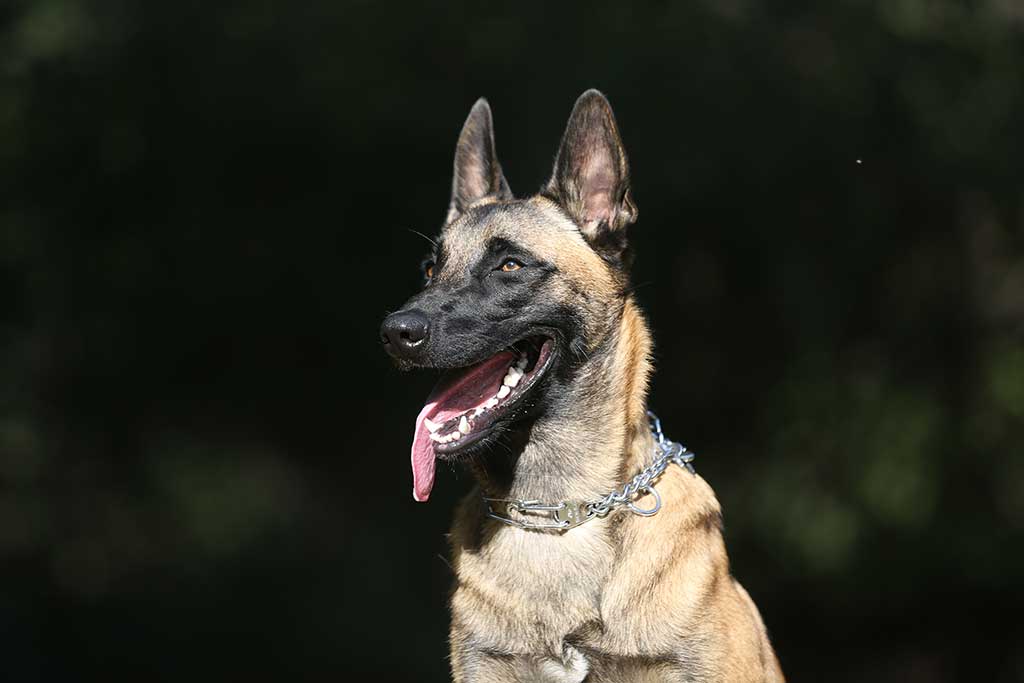
Dog’s have gained the title of man’s best friend for good reason. With their natural inclination to please or protect, loyal personalities, and lovable temperaments and traits, canines have a lot of value to bring to the table. From working line breeds like German Shepherds and Dobermans to family-oriented breeds like Labradors and Retrievers, all breeds have certain ways to communicate with their owners, even if they don’t necessarily speak the same language. Deciphering dogs and what they are trying to say can sound complicated, but the truth is, learning through observing telltale actions can tell you a lot.

If a dog is wagging its tail, most people assume the dog must be happy. However, wagging is not always the dog-form of a smile. Dogs wag their tails pretty much any time they are emotionally stimulated, which could be when they are happy but could also be when they are excited, frustrated, or even nervous or agitated. The key is to look at how the dog is wagging its tail:
Also, note the position of the dog’s tail. Tucked tails or a tail held lower to the ground usually indicate the dog is either stressed or afraid. A straight-up, erect tail can signify either alertness or aggression. However, tail positioning can also be related to the breed. For example, some German Shepherds sometimes curl their tails when they are feeling confident.
Piloerection is almost like humans getting goosebumps—the action is sometimes involuntary. If your dog is especially interested in something or even stressed, you may notice its fur stands on end or fluffs up down the length of its spine and possibly to the tail or across the shoulders. In these situations, it is best to be mindful of the dog’s temperament; an extremely focused dog or a stressed dog can react in unpredictable ways.
Dogs will intentionally shift their weight depending on what they are feeling or their intentions. For example, a scared or stressed dog may cower low to the ground, head down, in order to appear small. You may have witnessed this if you have ever scolded your dog. Rolling over on the back can mean a happy dog is relaxed, but for some dogs, the rolling over with belly exposure is a sign of anxiety or stress. If the dog shifts its body weight forward, the canine is trying to appear larger, which can be a sign of aggression or keen interest in an unfamiliar object.
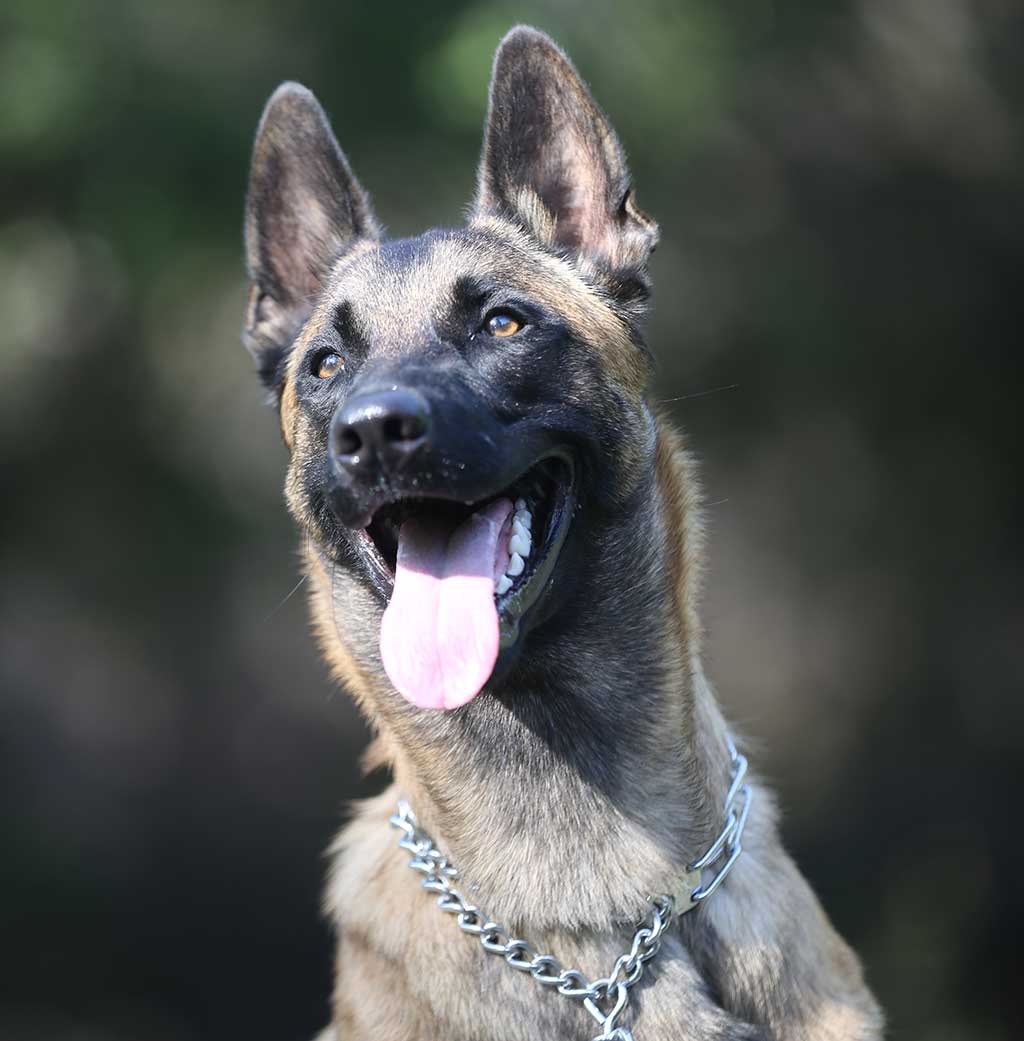
Dogs have certain facial expressions for different feelings, and you may have even noticed a few with your canine. Some of those include:
You can tell a lot about a dog by eye movements and appearances:
Maybe you have wondered if your dog is feeling scared, worried, or ill. Perhaps you have wished that your dog could tell you when something is wrong. Even though your dog may not be vocal enough to speak out loud, they are always showing you what is on their mind. During dog training, professionals use insight into facial expressions, postural changes, and other forms of body language to work with the dog.
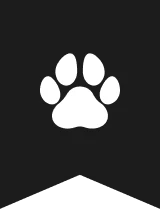
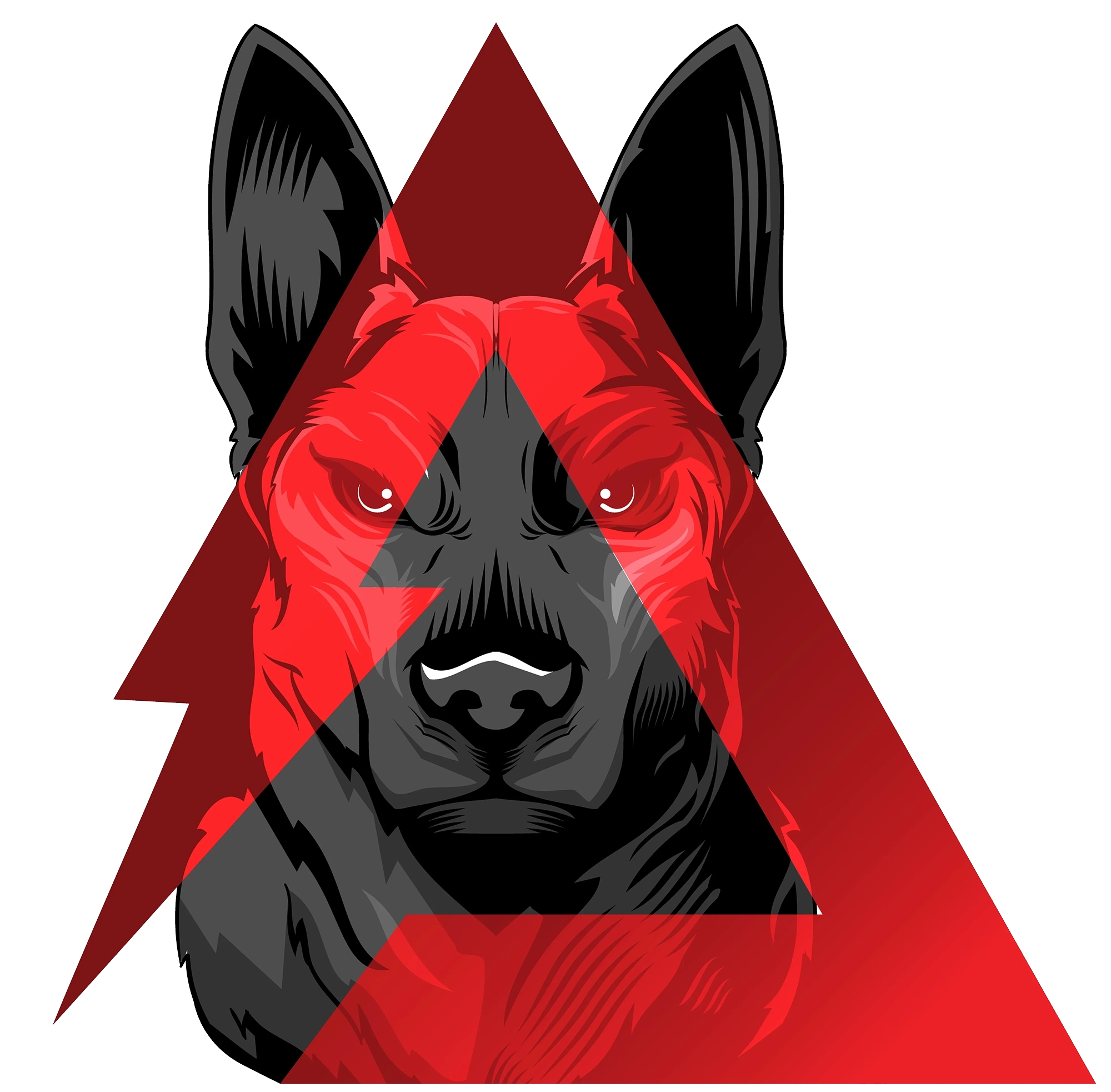
Share a discount coupon code to a pet lover redeemable for food, training, boarding and more...
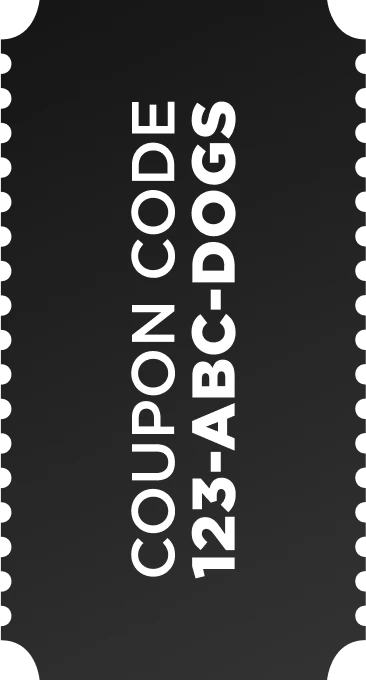
Fill out this form and a member of our staff will get back to you shortly!